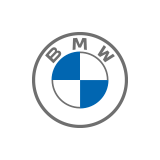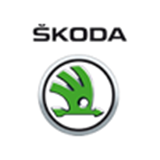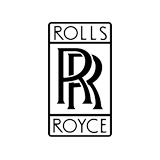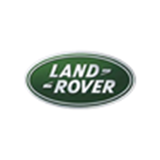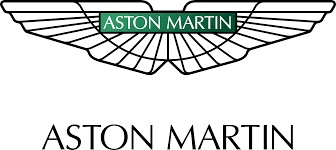08/02/2023
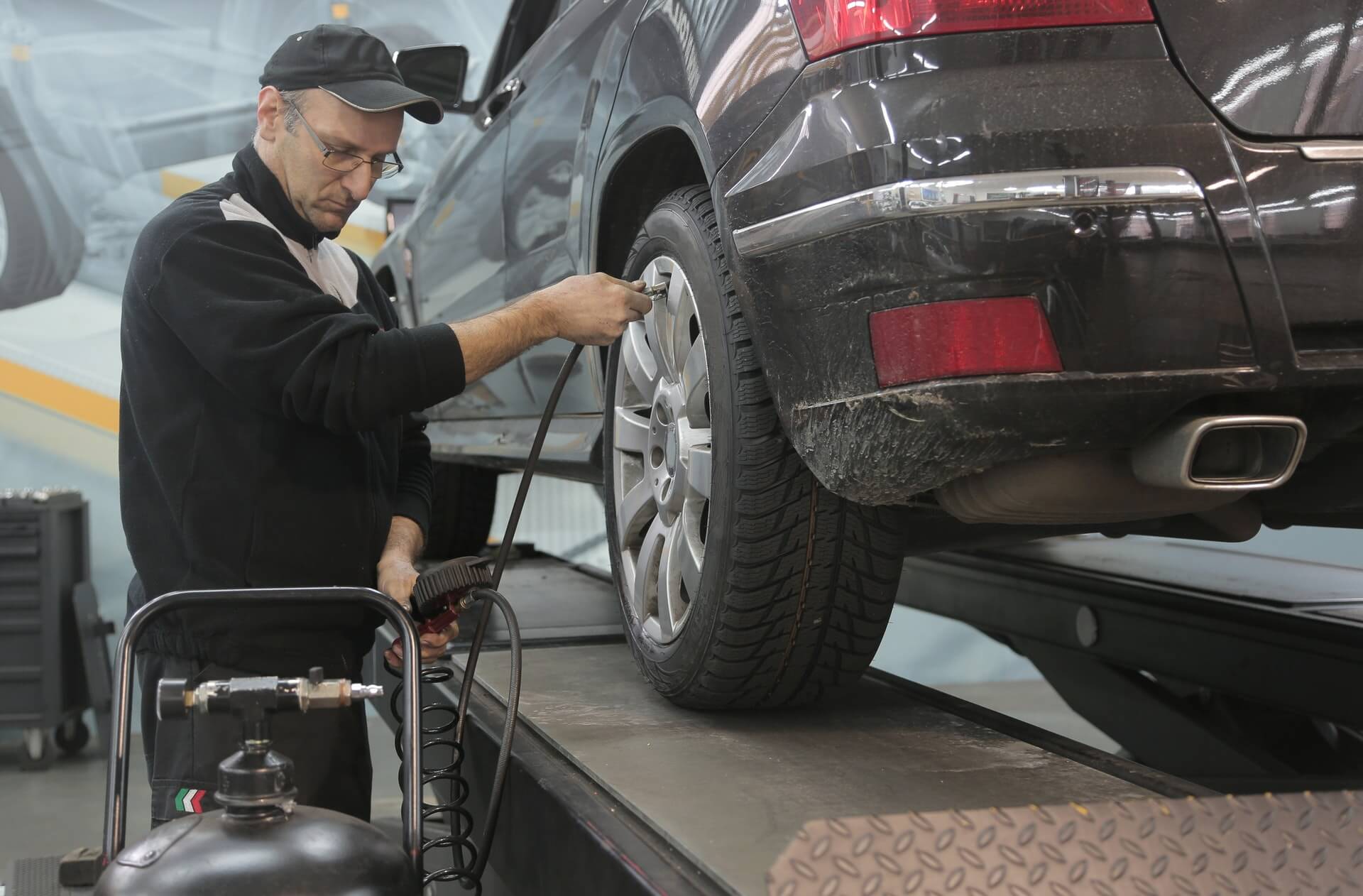
Tire pressure
Tire pressure: Too much, too little or just right?
When checking tires, tire pressure is an essential part of the check. But many wonder whether they have too much or too little pressure on their tires. In this guide, we show what to look for in your own tires.
How do I find out how much pressure I need on my tires?

In any case, the manufacturer's specifications can be found in the vehicle documents. Of course, these are not always at hand. Therefore, the numbers are usually found in the tank cap. But even the display there can be confusing if you are not familiar with it.
On the side, you first see several numbers. These indicate the tire diameter. After the / follows the ratio of tire diameter to area. The lower the ratio, the lower the pressure needed to fill the tire optimally. R15, R16, R17 and R18 denote the tire’s inner diameter.
To keep the description consistent, the conversion from 100kPa (kilo Pascal) to bar is often given. The ratio is 100 to 1, so if you convert the 250kPa to bar, the result is 2.5. This is especially important for tire pressure gauges whose scales only show bar.
➜ Tip: You can find pressure gauges free of charge at many gas stations or for a small amount of money at a well-stocked hardware store.
- At least twice a year
- Keep them clean to prevent the hub from rusting
- Do not use a steel brush, as it will scratch the protective layer
- Only use copper paste when dealing with steel rims
- Do not torque the screws too tight nor too loose
- Safe the position of the rims with a torque wrench
Every now and then, you can See the unit psi. Psi stands for "pound-force per square inch" and is the standardized unit of measurement for pressure in the Anglo-American system of measurement. German rims normally use the unit bar.
➜ Tip: As is usual with conversions between the two systems, the numbers are difficult to remember. In general, when converting from psi to bar:
- 1 bar = 14.5 psi
- 1kPa = 0.145 psi
The different numbers in the columns with kPa refer to the ideal tire pressure on the front tire and rear tire. If you drive a lot by yourself or with only one passenger, the pressure on the front tires should be slightly higher. If the overall load is very high, i.e. there are often several passengers and luggage in the car, there should also be more pressure on the tires. As can be seen in the table, however, the pressure on the tires should not be unlimited.
➜ Tip: Occasionally, a distinction is made between relative and absolute pressure. In the manufacturer's tables, the relative pressure is indicated. Relative refers to the normal pressure of 14.5 psi in the air. Absolutely, the tire pressure is therefore always 1.45 psi higher. However, since most pressure gauges display relative pressure, this is rarely a problem.
The last line also indicates how much more pressure the tires should have if they are exposed to high temperatures over a longer period of time. This can be the case when driving in a warm climate zone or in summer. The important thing here is: The number always refers to what should be displayed during a measurement. So if you measure the tire pressure after a long drive or in the summer, the meter should read 40ksi or 43.5ksi. This value comes from the expansion of air in hot temperatures.
What happens if the tire pressure is too high?
During regular checking, you might get the idea to just put more pressure on the tire so you don't have to inflate it for longer. You might also have heard that fuel consumption is supposed to go down when you do. But in the end, that leads to more problems than it solves. The fear of a burst tire is still very far away. To pump that much air into the tire, you have to go for it. But much more likely is higher abrasion, because a tire that is too full only touches the road with the center of its tread. As a result, the tire's tread is worn unevenly and the tire has to be replaced sooner. In addition, the braking distance is longer because the tire has only a small surface area with which it touches the road. This also reduces the vehicle's stability in curves and makes it less comfortable to drive. In curves, oversteering is exacerbated by the lower contact area.
What happens when tire pressure is too low?
Deceptive conclusion: If too much tire pressure is bad, you'd rather use a little less - right? But there are pitfalls lurking here, too. If the pressure is too low, too much of the tire's surface lies on the road. In addition, this also causes the tread to be worn unevenly. A messy roll-off also goes hand in hand with too little tire pressure. The most noticeable effect of underinflation is probably increased fuel consumption. All in all, underinflation is not only a burden on the tire, but also on your wallet in the long run. Unlike overinflated tires, understeer is not a real danger with underinflated tires, as modern vehicles are designed to understeer anyway.
What is the benefit of a tire pressure monitoring system (TPMS)?
Since 2007, tire pressure monitoring systems have been mandatory on new vehicles with up to 10.000 lbs. in the US. Manufacturers distinguish between indirect and direct systems.
TPMS indirect system
In an indirect system, the ABS sensors detect when a tire loses pressure.
Alternatively, the loss of tire pressure can be recorded via the traction control system. However, indirect systems have two major disadvantages: they only work when the car is moving and they do not indicate the actual pressure in the tire, only a change. Most are also unable to indicate which tire is affected, so you have to check the tire pressure manually.
➜ Tip: Some workshops swear by nitrogen instead of air. But normal air already consists of 78% nitrogen. Nitrogen also doesn't escape from the tire any slower, so it isn't really worth it.
TPMS Direct System
The direct systems are much more comfortable. These work via sensors in the tires, providing precise readings. Depending on the setting, these values can be displayed on the dashboard or give a warning when the air pressure changes. Values are measured even when the car is stationary and, in the event of an alarm, also indicate the exact wheel in which there is too little air. Especially for such a system, it is essential to use only tires approved by the manufacturer, otherwise the exchange between the sensor and the car can be disturbed.
To ensure this connection, you can rely on us. With Premium Wheels tires, we make sure that the sensors in the tires fit your car exactly, so you don't run out of air on the road.
Read more tips about tires and rims now:
Tire inflation isn't the only thing you need to consider for safe driving. These articles will help you stay safe on the road:
- Tire pressure - direct and indirect tire pressure system.
- The tire profile
- The markings on your tire
- Runflat tires


